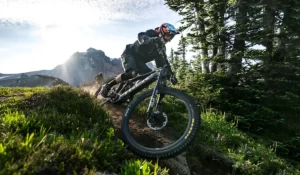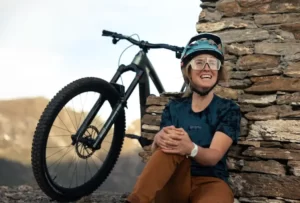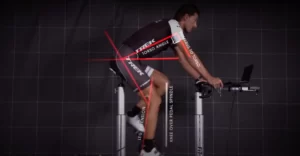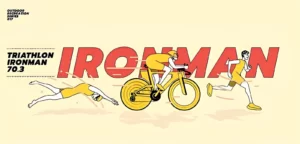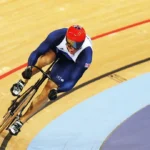Brake Later, Stay in Control
Rear suspension is considered one of the greatest innovations in the world of bicycles, designed to keep you stable and in control. However, many suspension designs failed to deliver the benefits of this technology when the rider applied the brakes.
Essentially, the brake would lock the suspension, but that changed when Trek introduced the Active Braking Pivot (ABP) system – Patent Holder-, a proprietary system developed to keep the rear suspension working while braking. No more chatter or unintended skidding, complete confidence as you ride your bike, and that’s what ABP does.
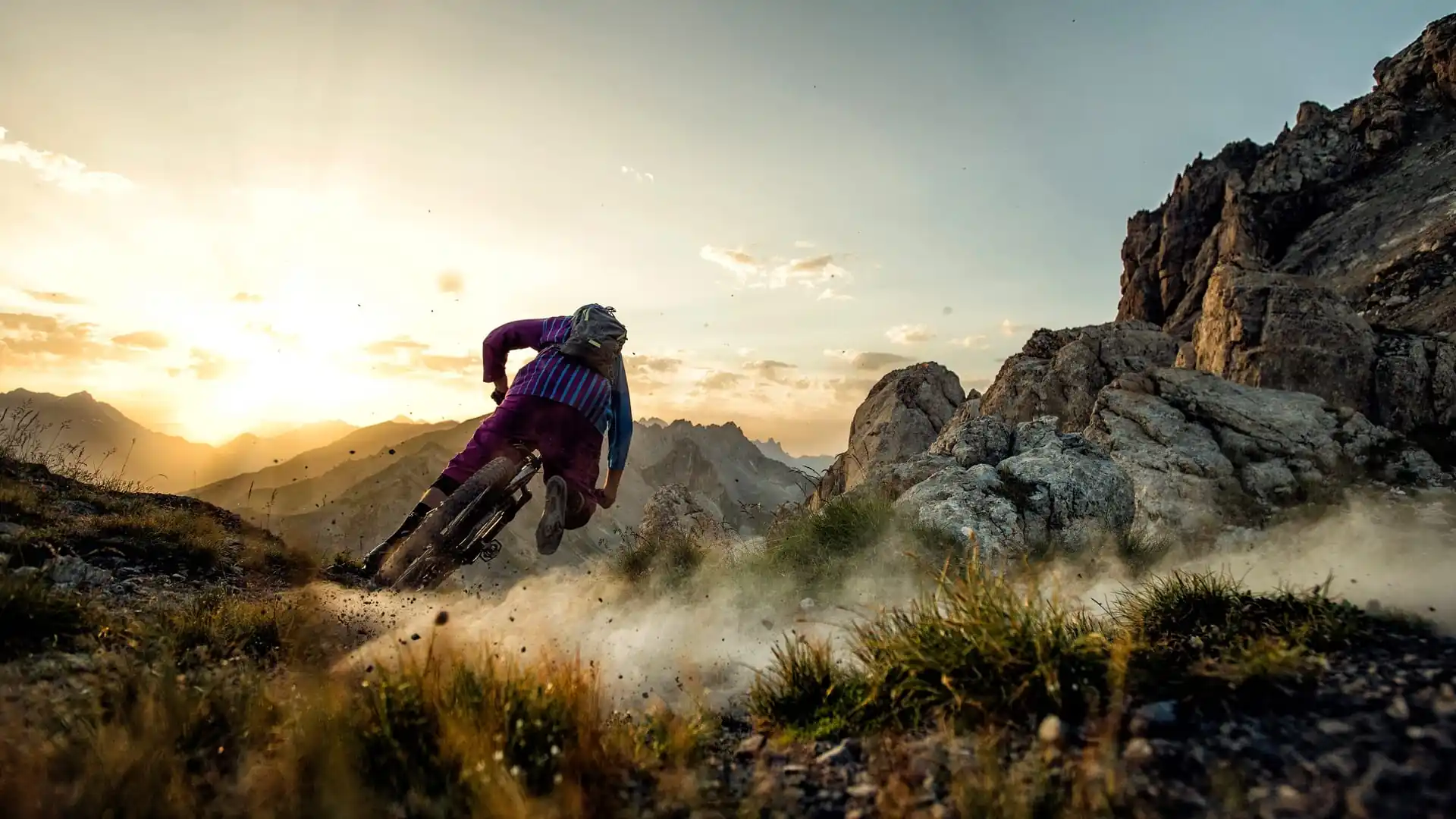
How Do Braking Forces Affect The Suspension On Any Bike?
The braking force significantly affects the rear suspension of any bike, especially when riding on rough terrain and mountains. Here’s how that force impacts it:
- When a rider applies the rear brake, the force is transferred into the frame where the brake caliper is attached.
- The force tries to compress the suspension, preventing it from fully rebounding over successive bumps. We call this force anti-rise.
- This reduces the wheel’s ability to track the ground and the rider feels it as a loss of suspension movement or like it’s locking up and just not doing its job.
- APB solves this.
- By attaching the brake caliper to this floating part of the frame, braking forces are essentially isolated from suspension forces, resisting the brake-induced squat that prevents the shock from moving freely while braking. The rear tire tracks the ground better by allowing the suspension to do its job.
- This increased traction, less skidding, and more control where it’s needed most.
Active Brake Pivot (ABP) System Features
1- Full-Time Engagement
Innovations in suspension technology have revolutionized mountain biking, making it faster, safer, and more enjoyable for a wider range of riders. Many cyclists have likely experienced the frustration of their rear shock stopping to work when they apply the brakes in anticipation of a large obstacle or tight corner.
When you brake, the front wheel compresses, and the rear shock extends, causing both to stop functioning optimally. The rear wheel rises above the rough terrain, creating a feeling of bouncing, and you lose confidence as the suspension systems become ineffective exactly when you need them most. This leaves you with the choice of braking right before an obstacle, disrupting your flow, or attempting to race through parts of the trail you’re not fully confident riding aggressively.
By shifting the rear suspension pivot point, Trek engineers have developed a system that prevents suspension lockout. The shock continues to absorb impacts during braking, eliminating the dilemma of whether to trust the brakes or the suspension to handle the rough terrain. With the ABP system, both components work in harmony, maintaining traction. The rear wheel stays planted to the ground while the suspension is active. More tire contact means more stopping power, so you don’t have to spend as much time on the brakes.
Reducing the load on the front fork helps you maintain the stability and control needed to navigate quickly through rough terrain, ensuring that the suspension is fully functional both during braking and without it
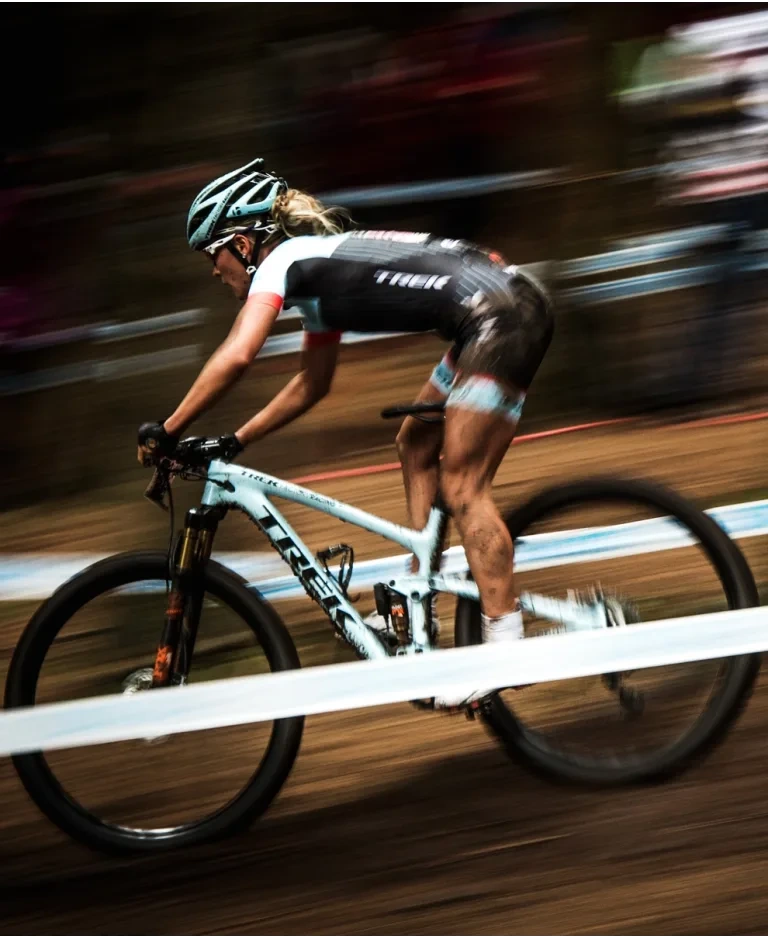
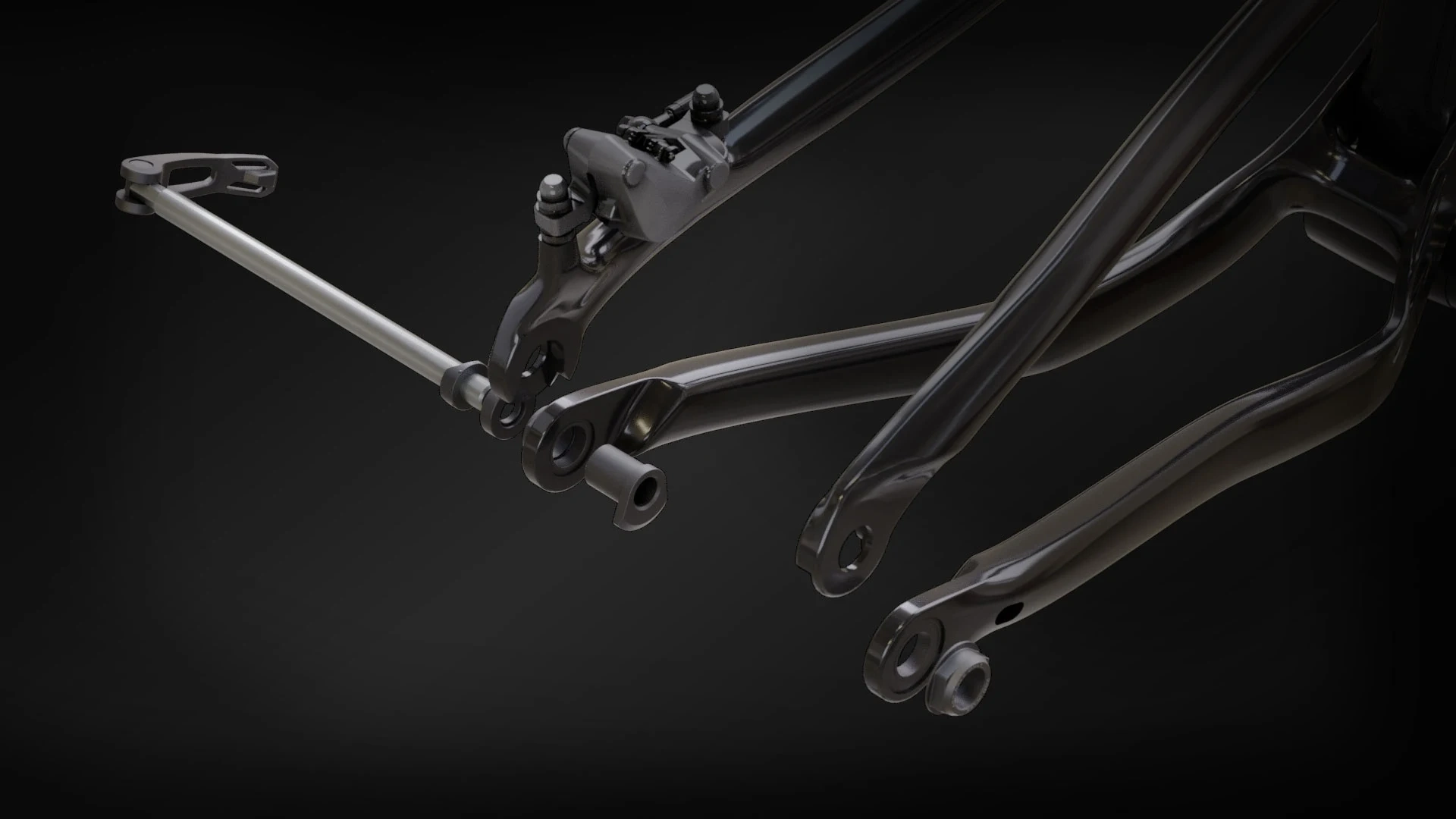
2- The competitive advantage
The Active Brake Pivot system was developed to enhance the riding experience for mountain bikers of all levels, but its performance benefits provide a significant advantage in competitive racing. By increasing traction and improving braking efficiency, a rider using the Active Brake Pivot can brake much later than their competitors. As a result, reducing the time spent on the brakes leads to faster average speeds, which translates into quicker times and a better chance of reaching the podium.
How ABP Works?
ABP is so effective because it utilizes a concentric placement of the rear suspension pivot around the rear axle connected to Trek’s Full Floater suspension system. The concentric pivot is located directly between the seatstay and chainstay and consists of a bearing riding on a spindle that is fixed to the swing arm. This placement creates separation between the brake forces and suspension function, allowing both systems to do their job unencumbered.
Often described as a “floating brake”, the disk brake assembly is attached by a separate brake arm allowing it to “float” independent of frame and suspension motion. As a result, the relative rotation between the brake rotor and caliper is reduced compared to many other designs.
ABP is distinguished from other multiple-linkage rear suspension designs because it allows for design tweaks to one part of the system without affecting the others. ABP separates how Trek conceptualizes the performance of braking, suspension, and pedaling systems, and allows for precise tuning of each aspect that influences ride quality.
Riders can expect the traction and suspension action that come with complex linkage systems, along with the acceleration, response, and durability that would typically be found only with a single-pivot system.
The result of these design innovations? More active suspension, increased braking power, and a faster, more controlled ride.
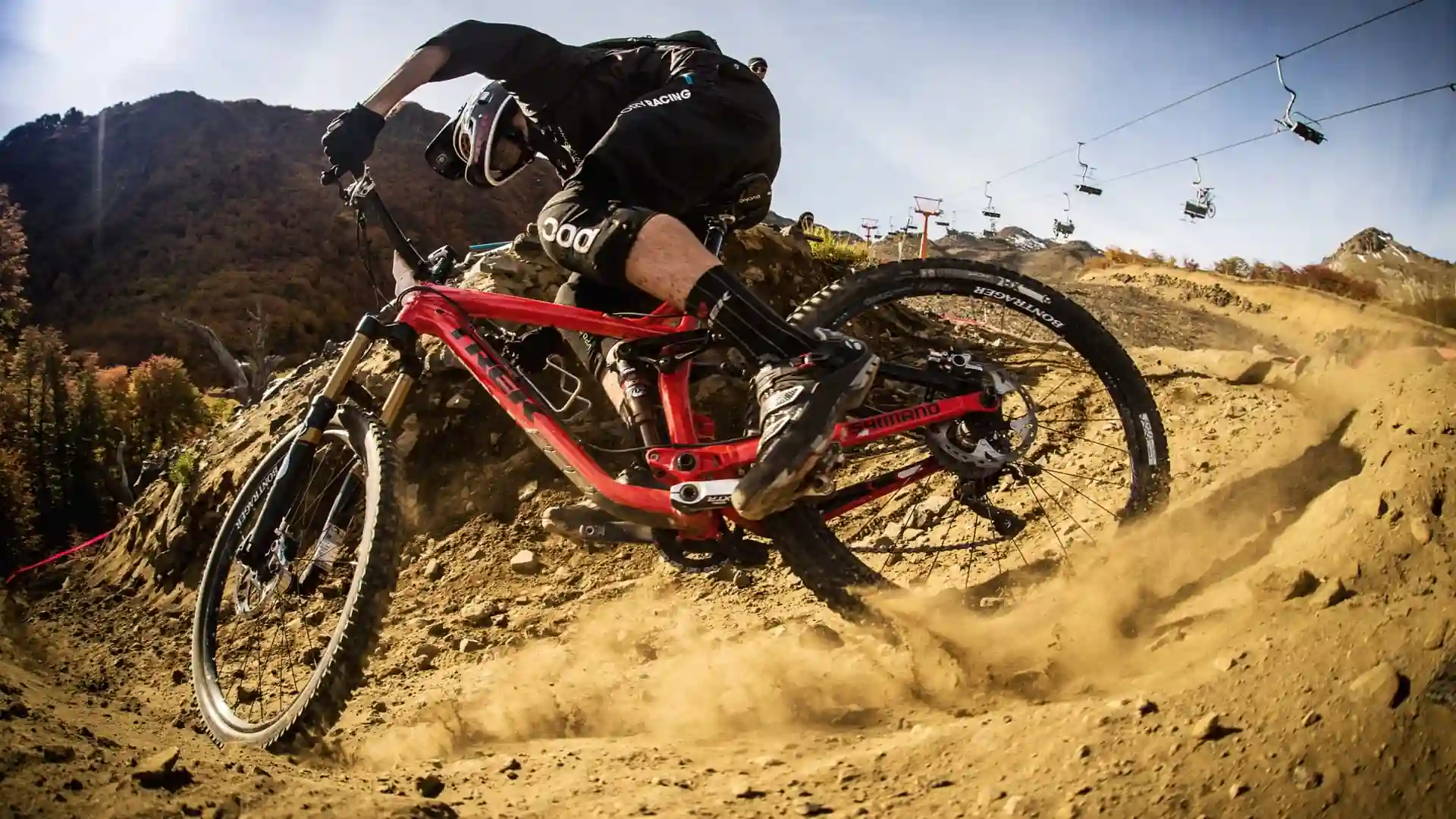
So Good, We Use It Everywhere
Brake or bump situations cross all disciplines—which is why we feature ABP on Trek’s entire lineup of full-suspension mountain bikes.
Available On:
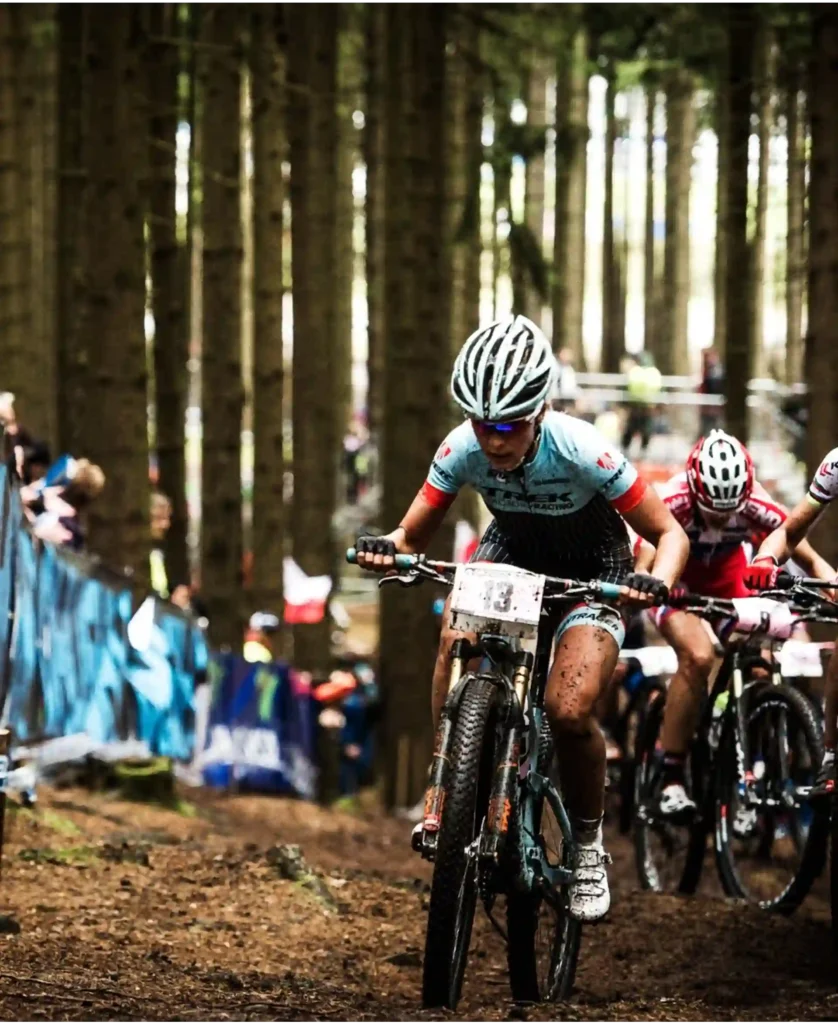
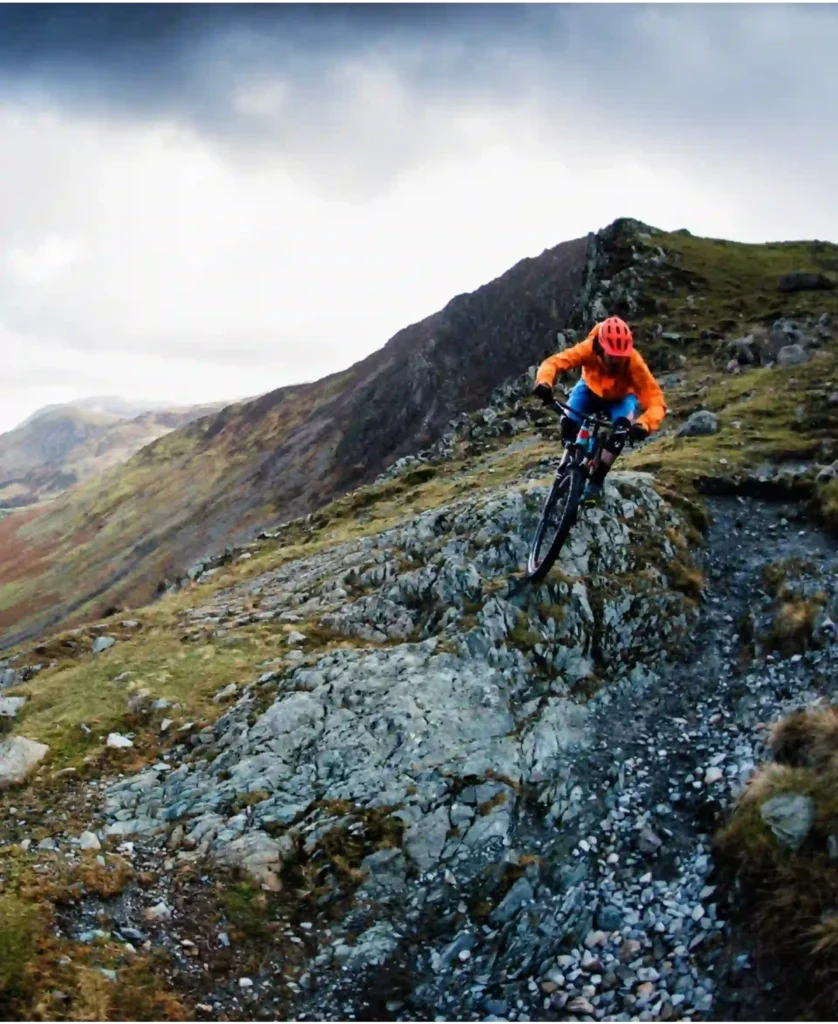
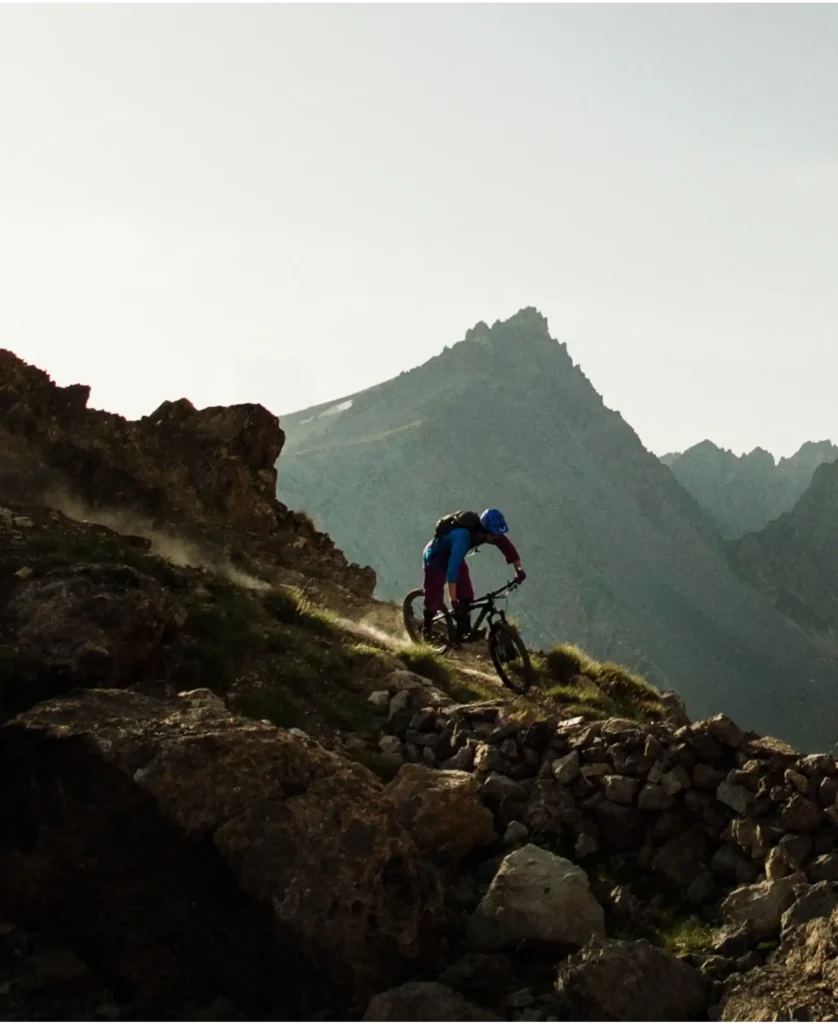
1- Top Fuel “Living Legend”
2- Remedy “Funny, the mountain seems a whole lot smaller now”
3- Fuel EX “The perfect trail bike”

